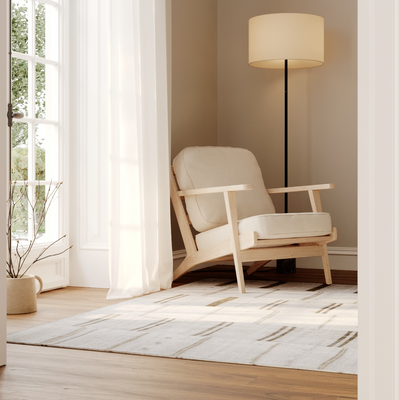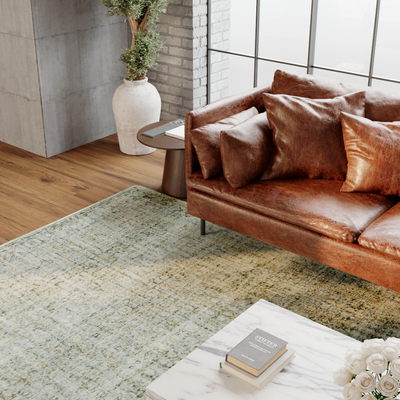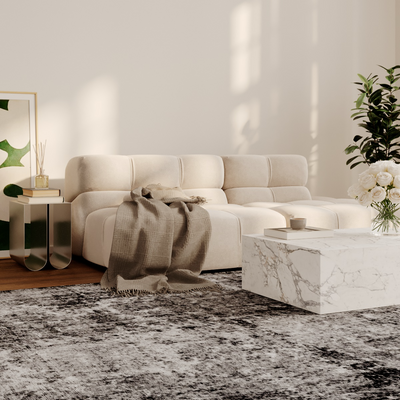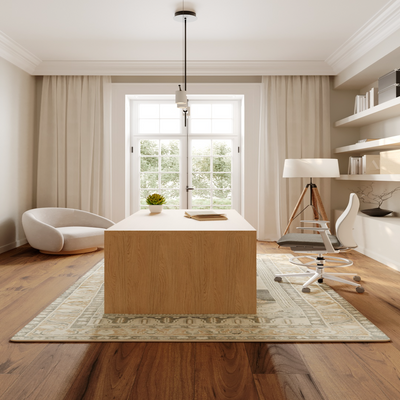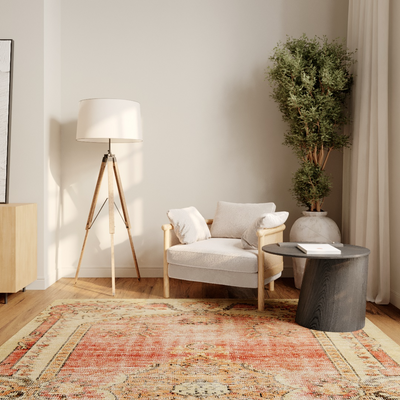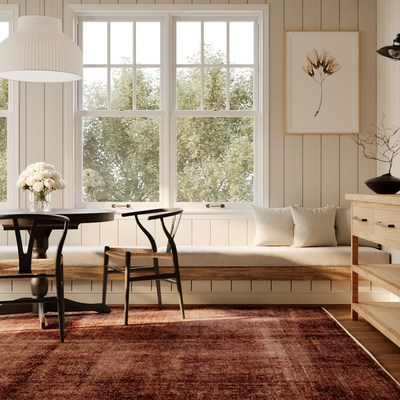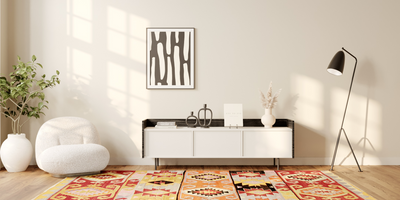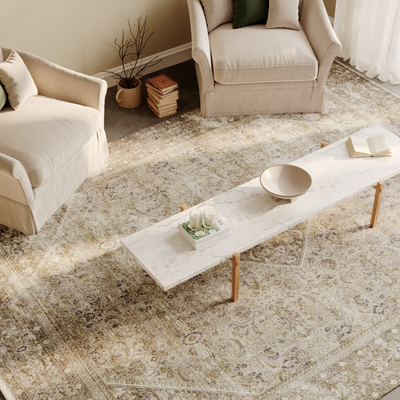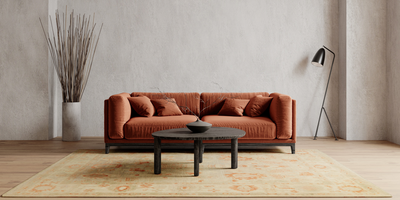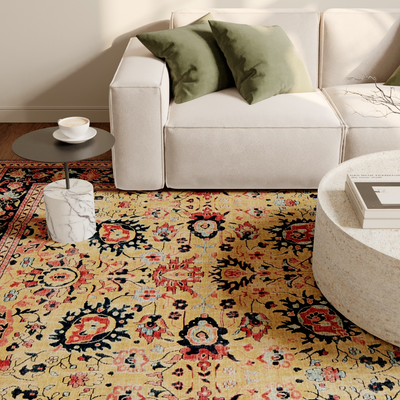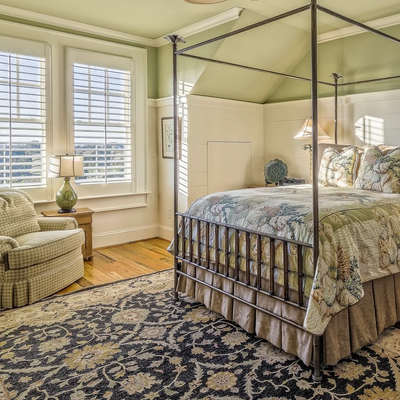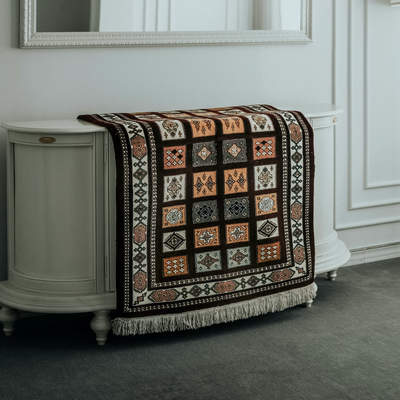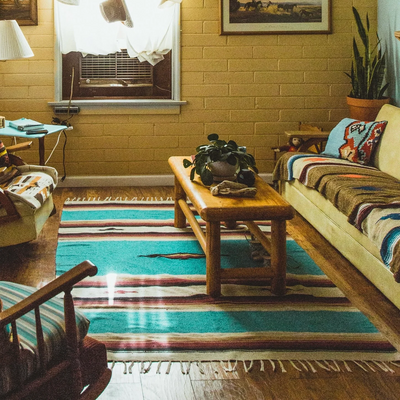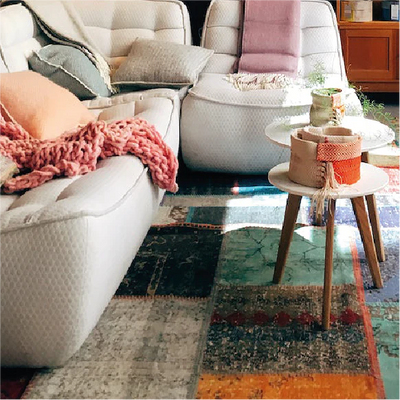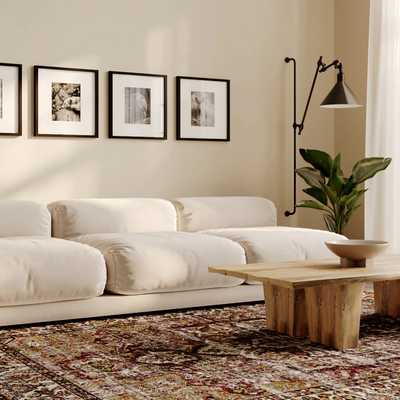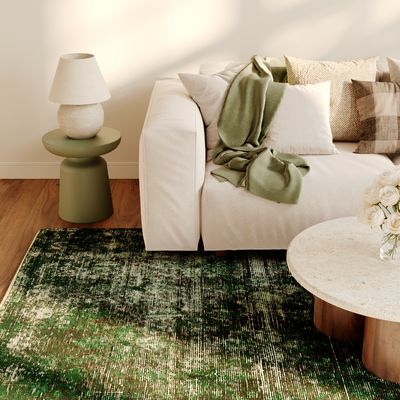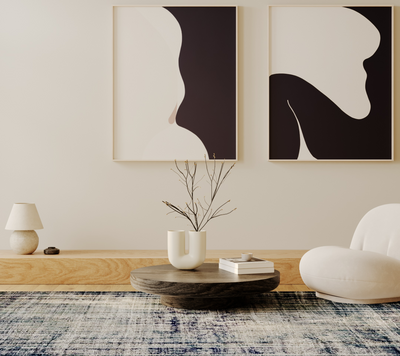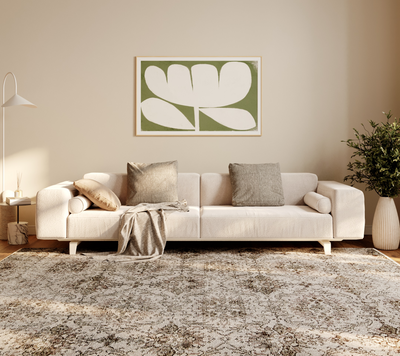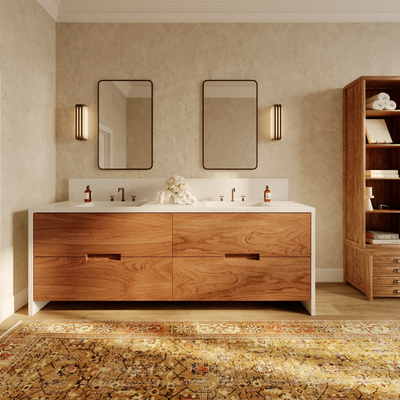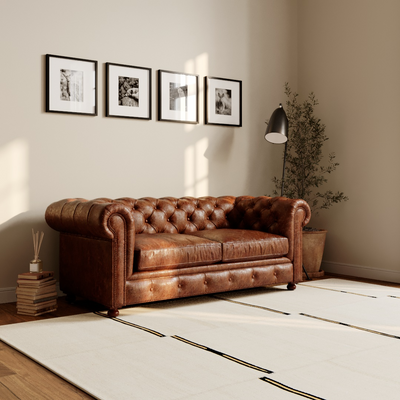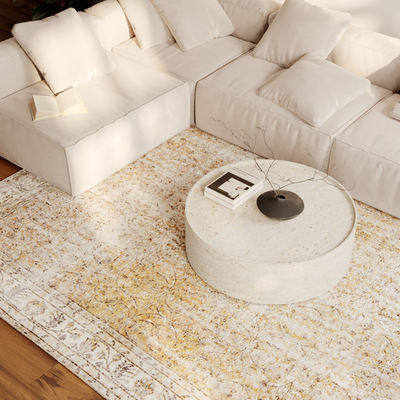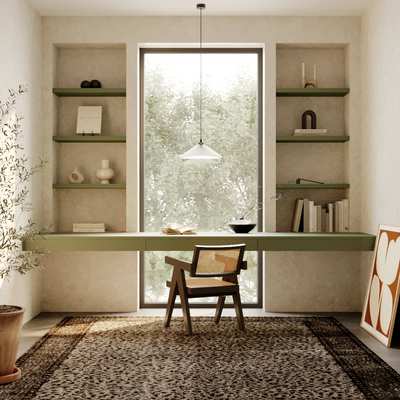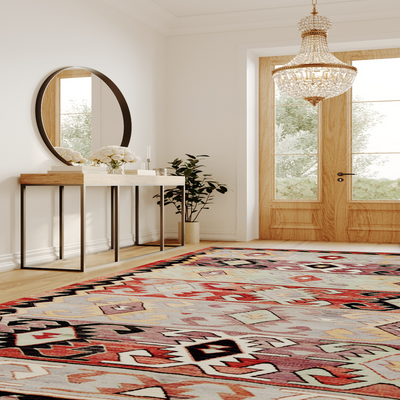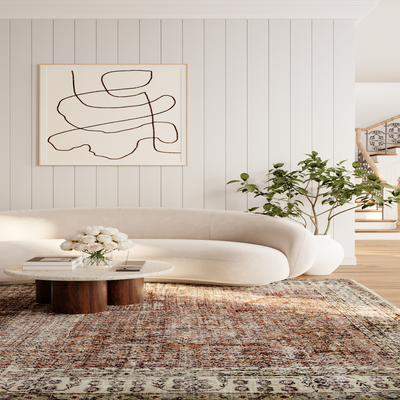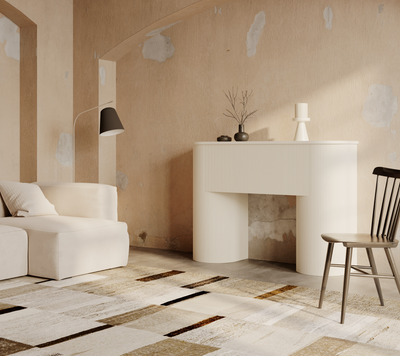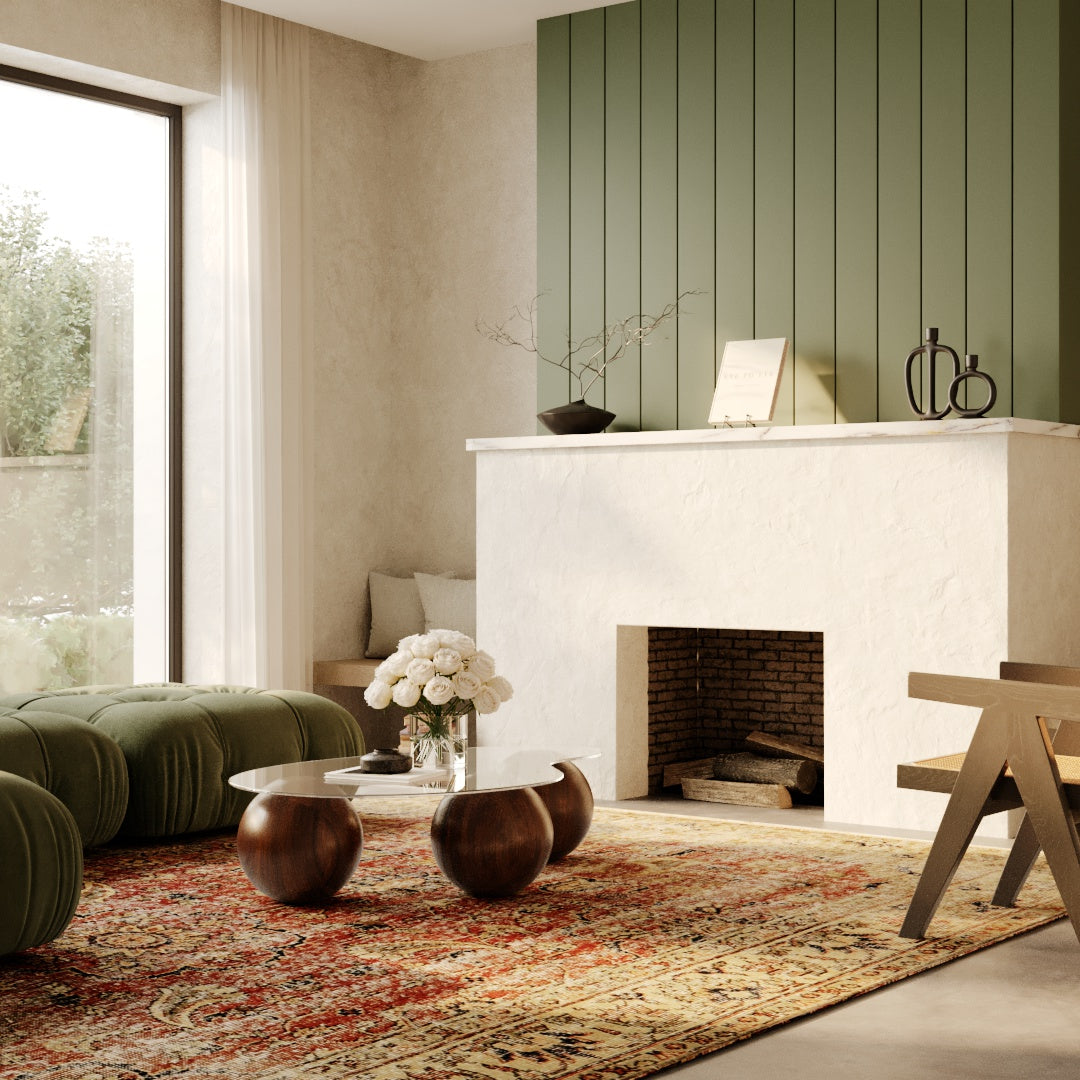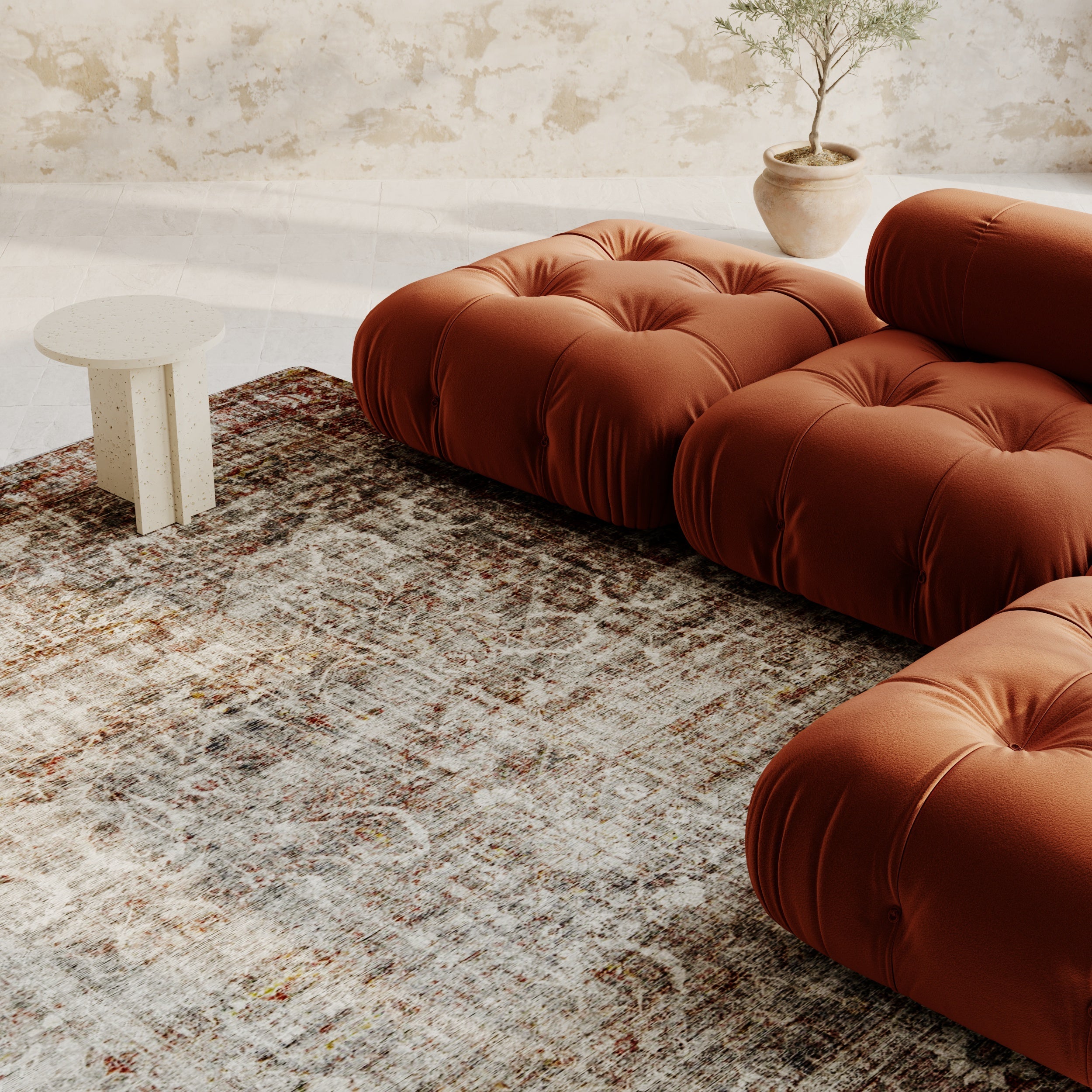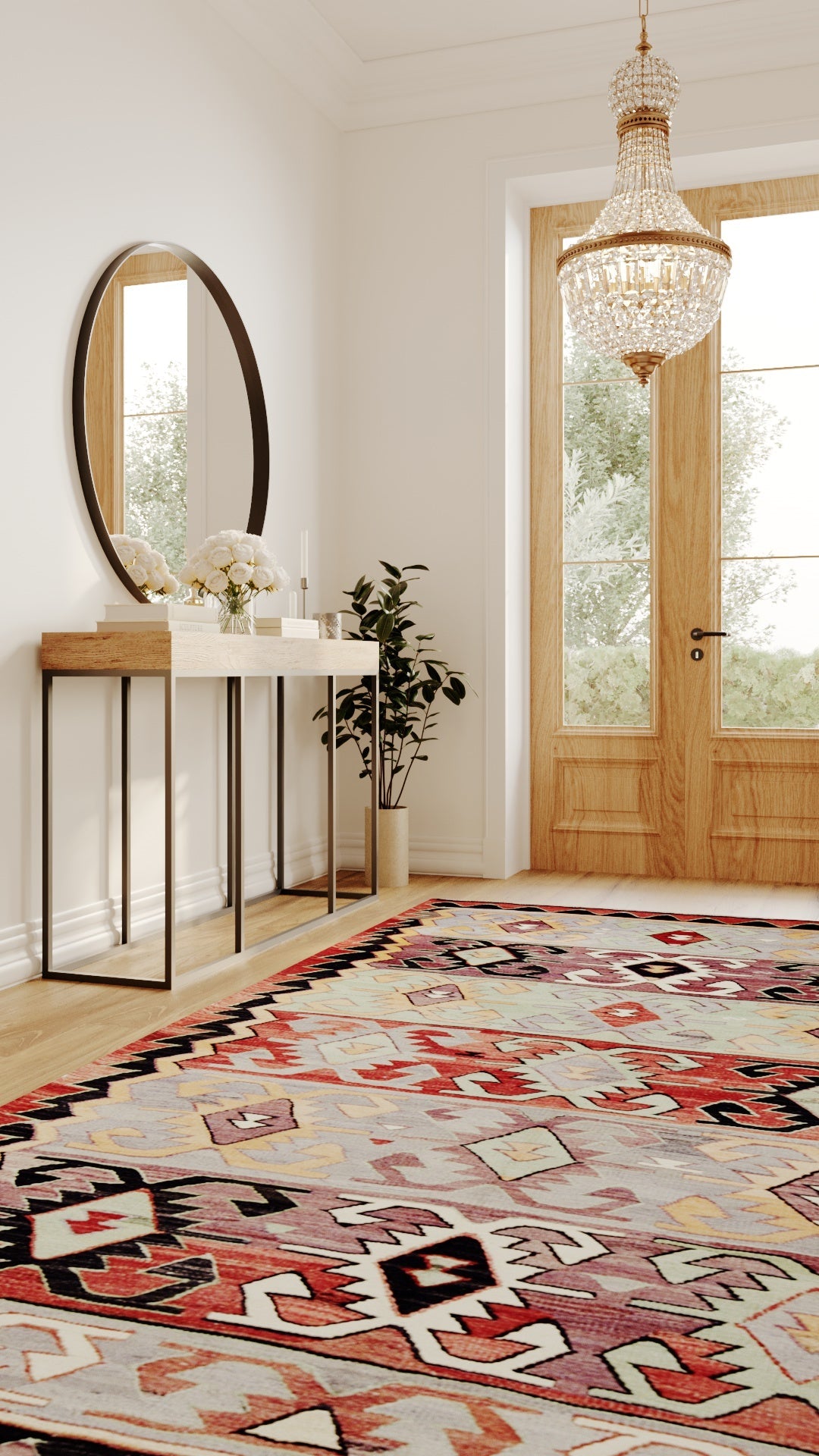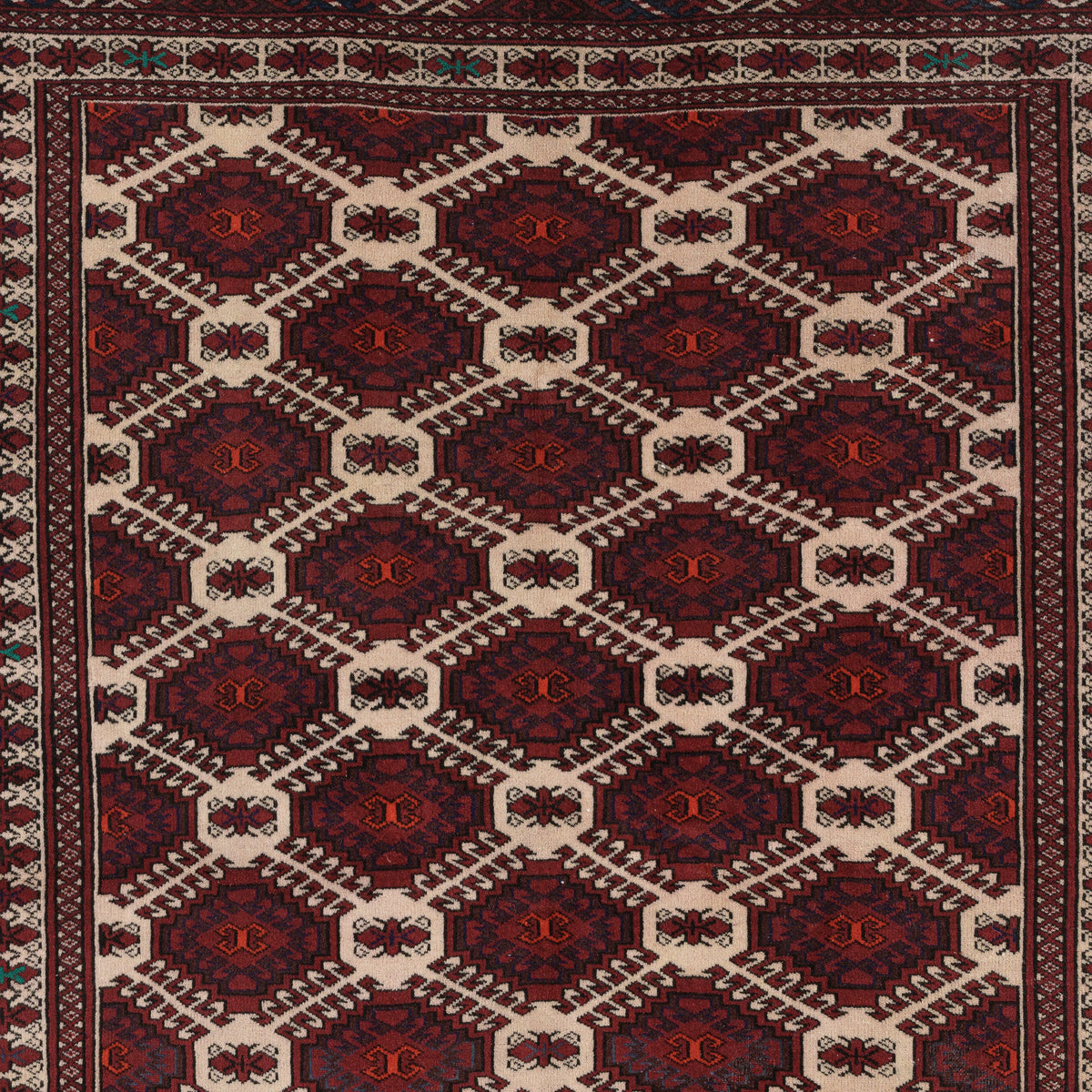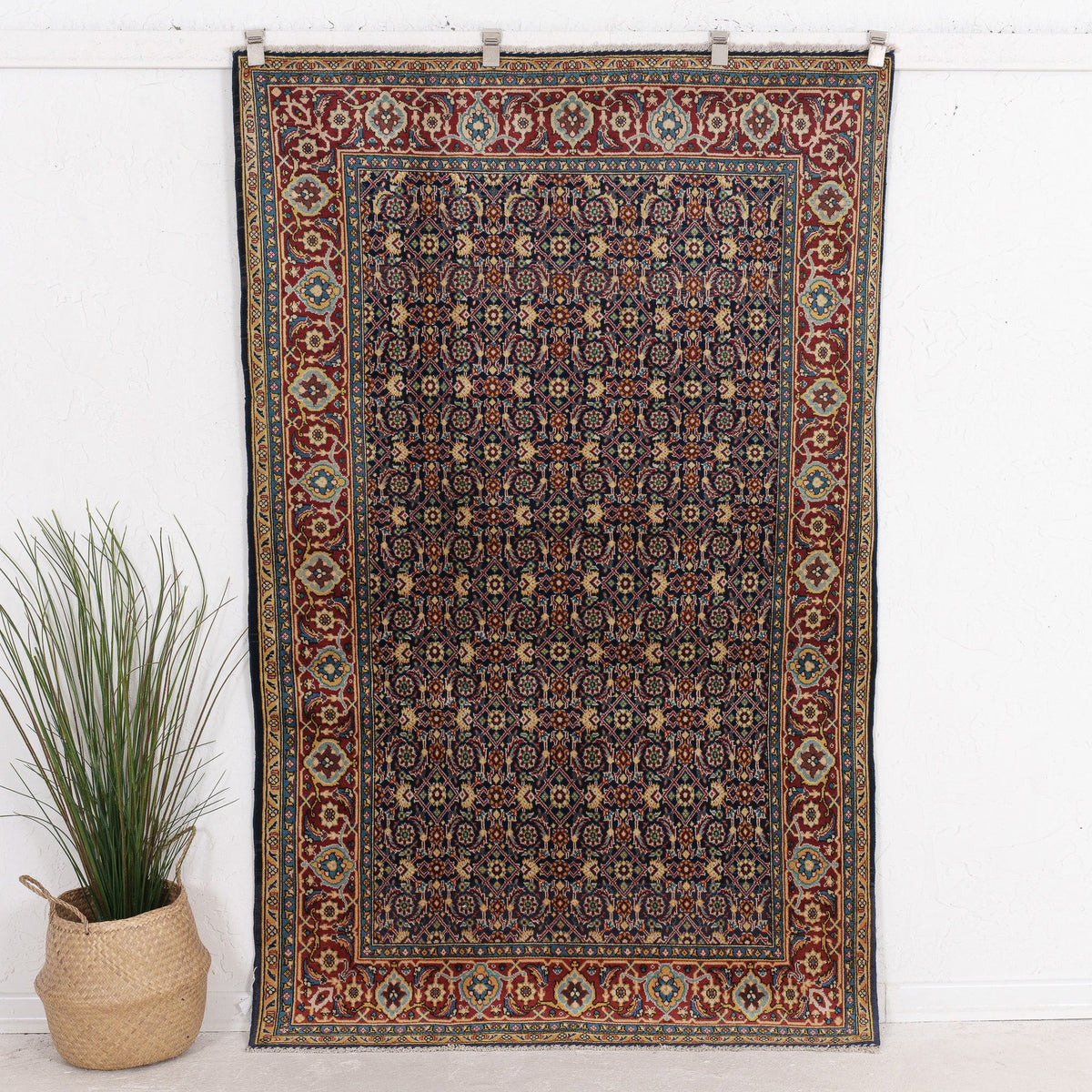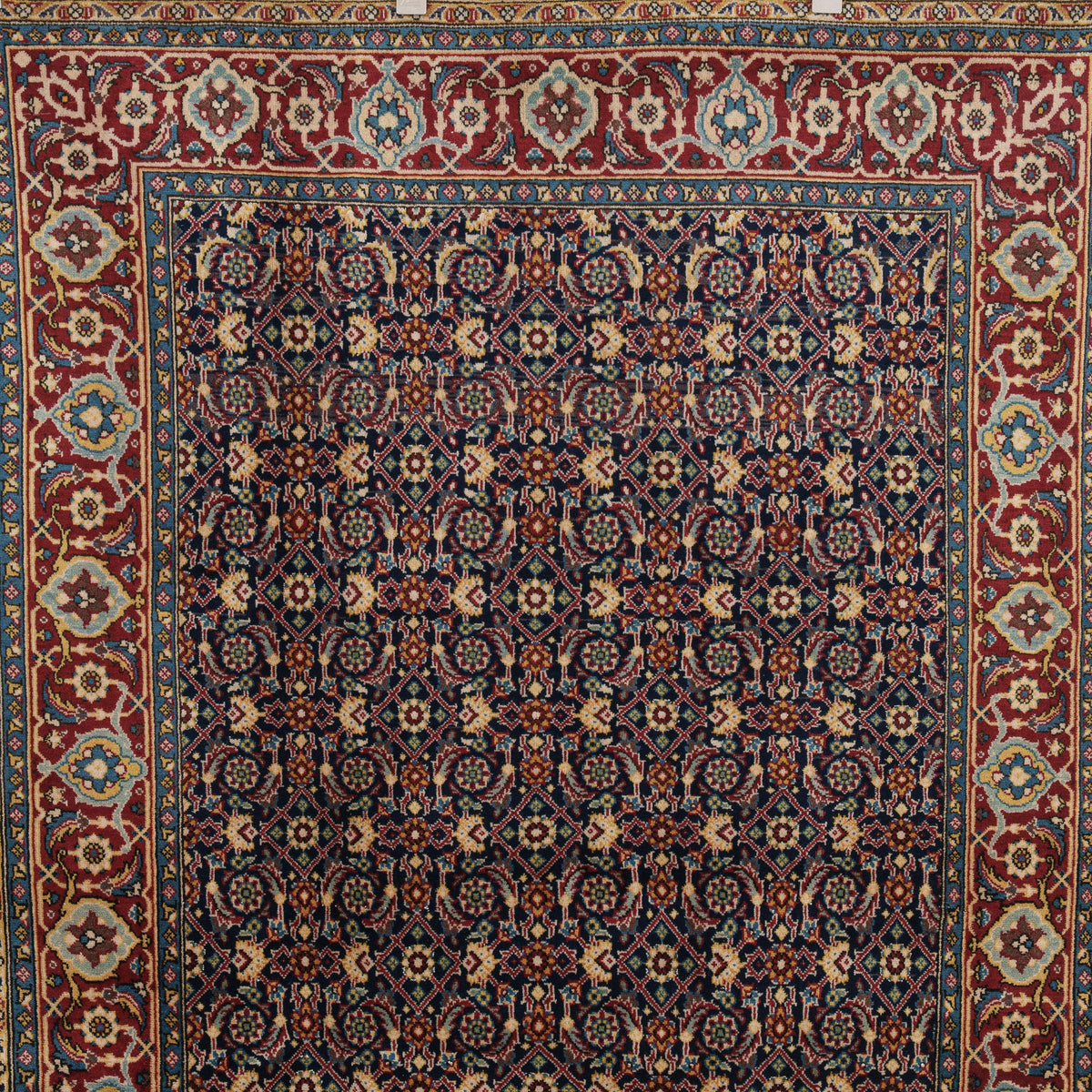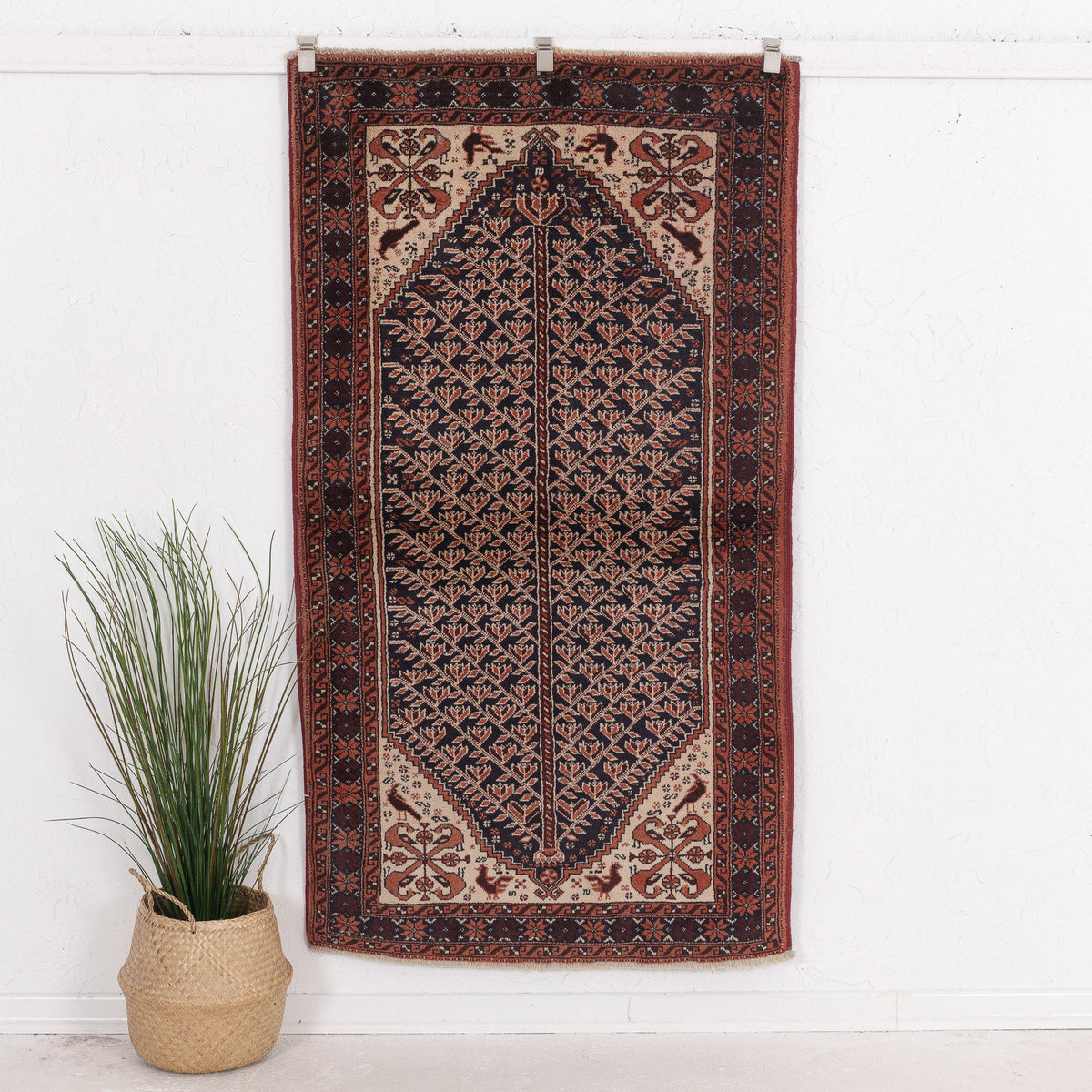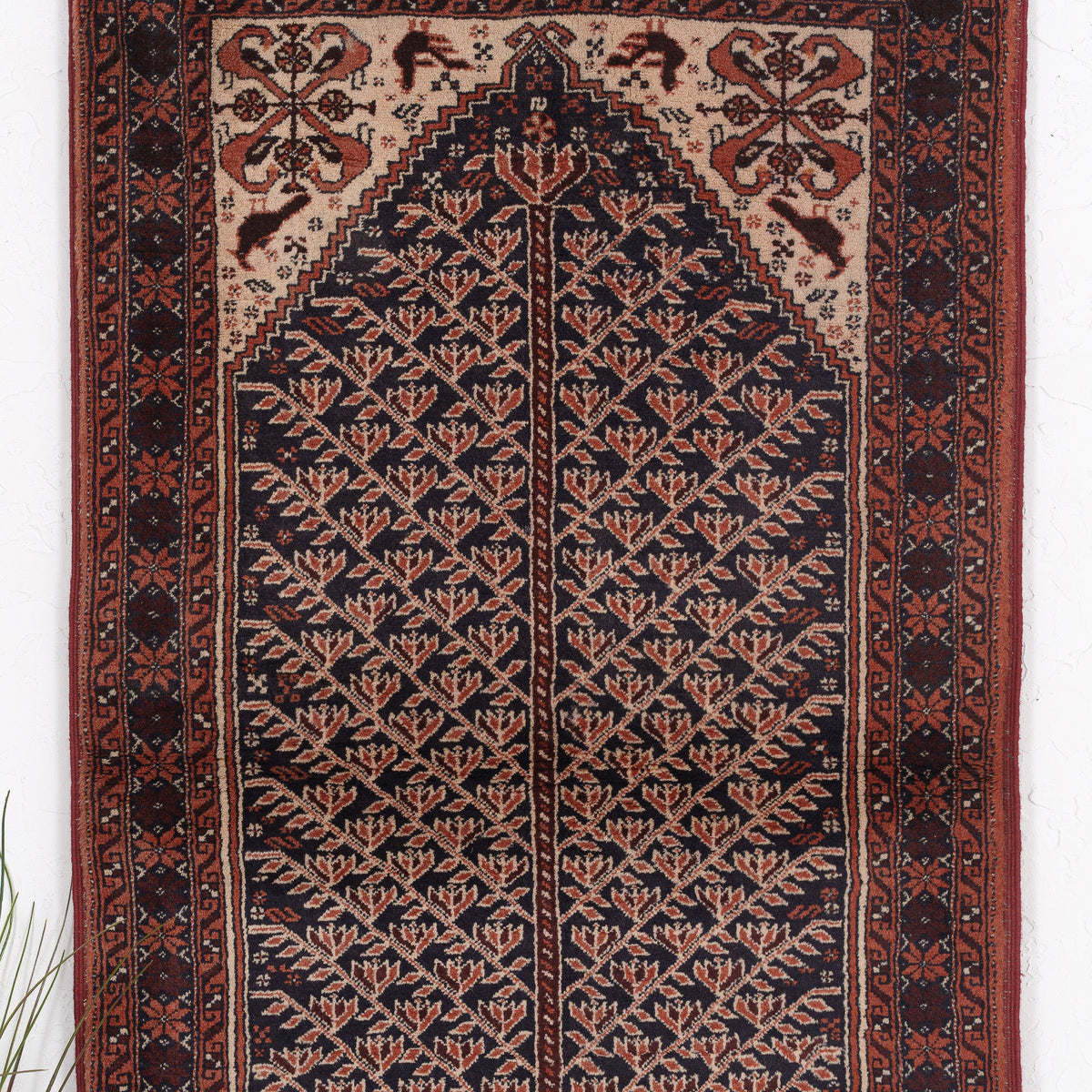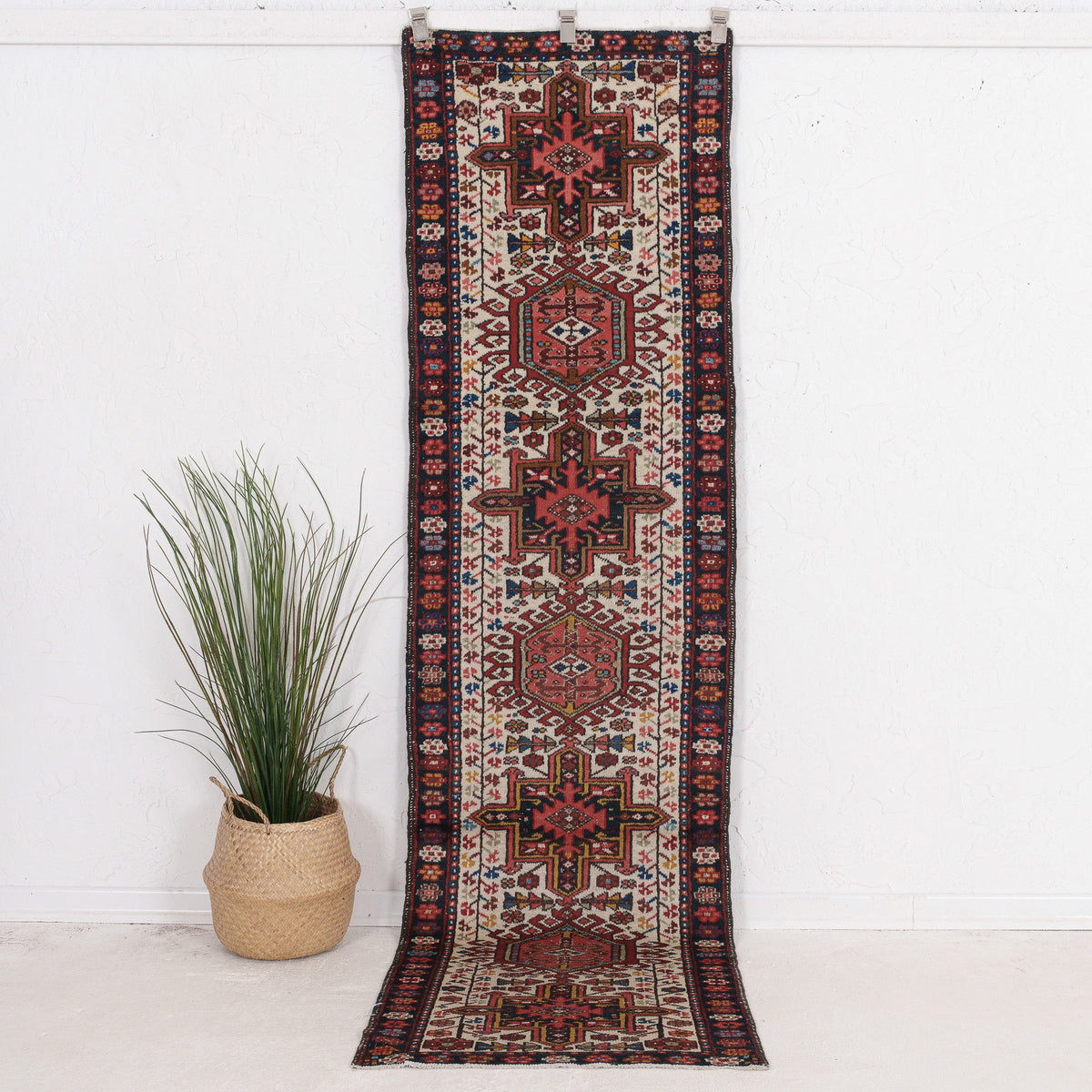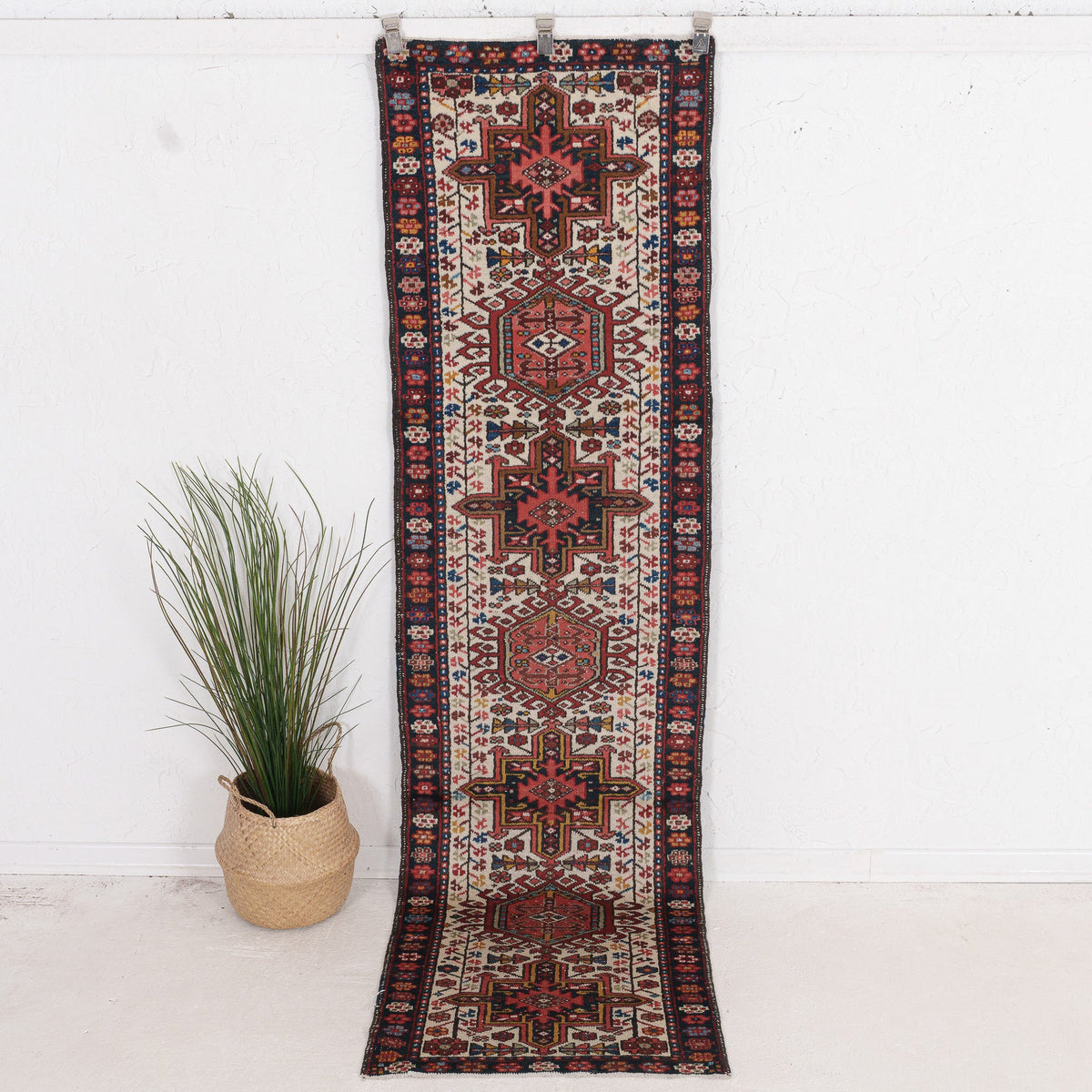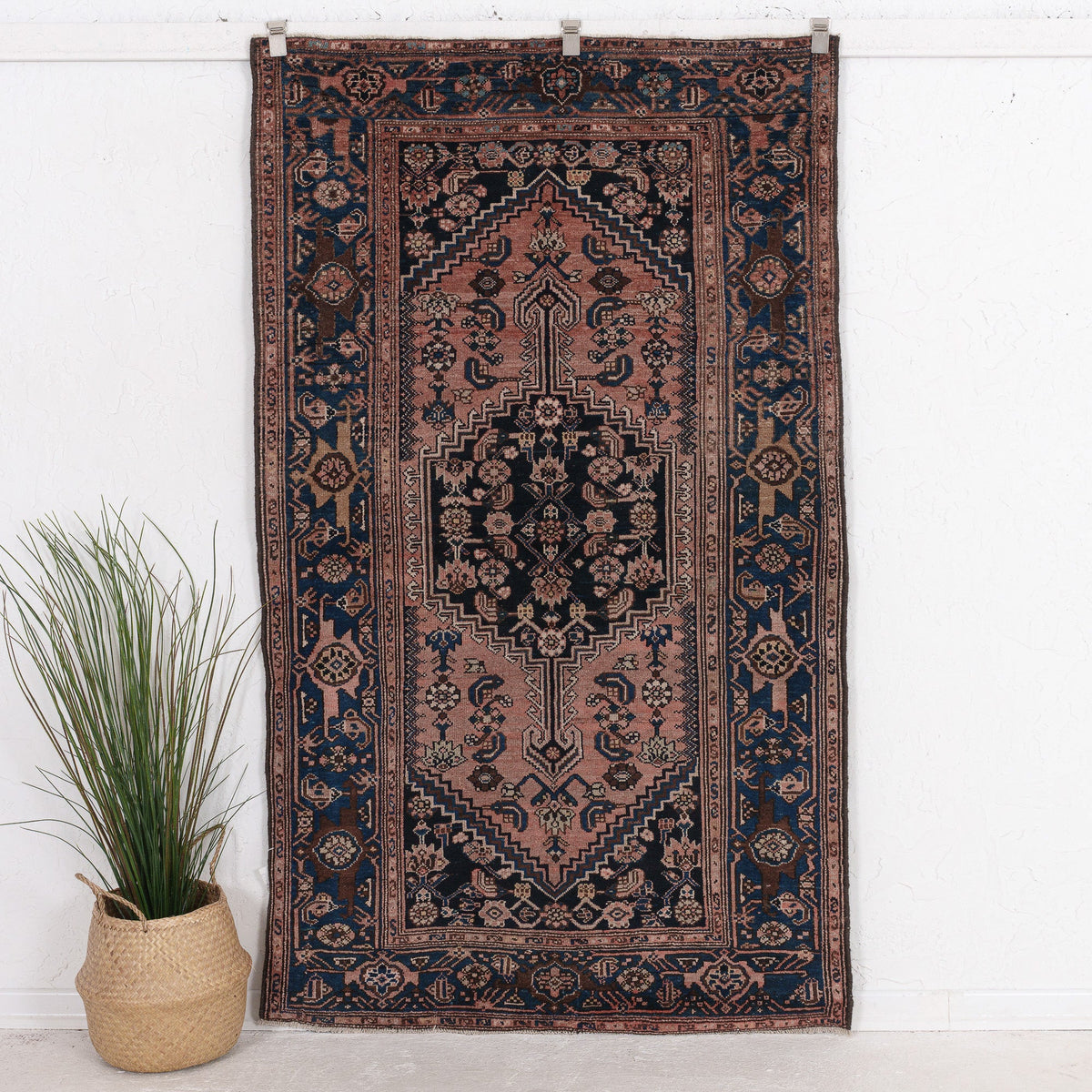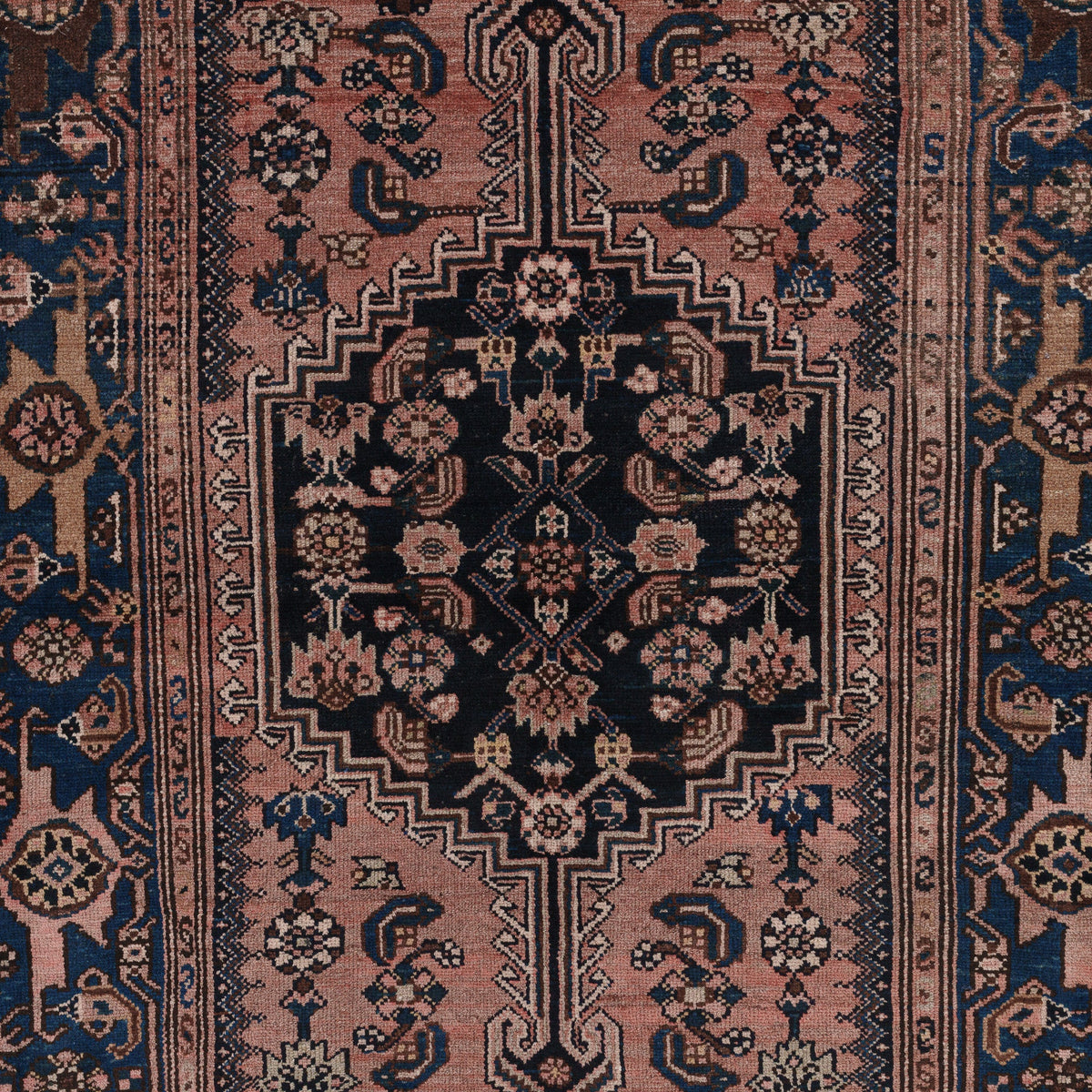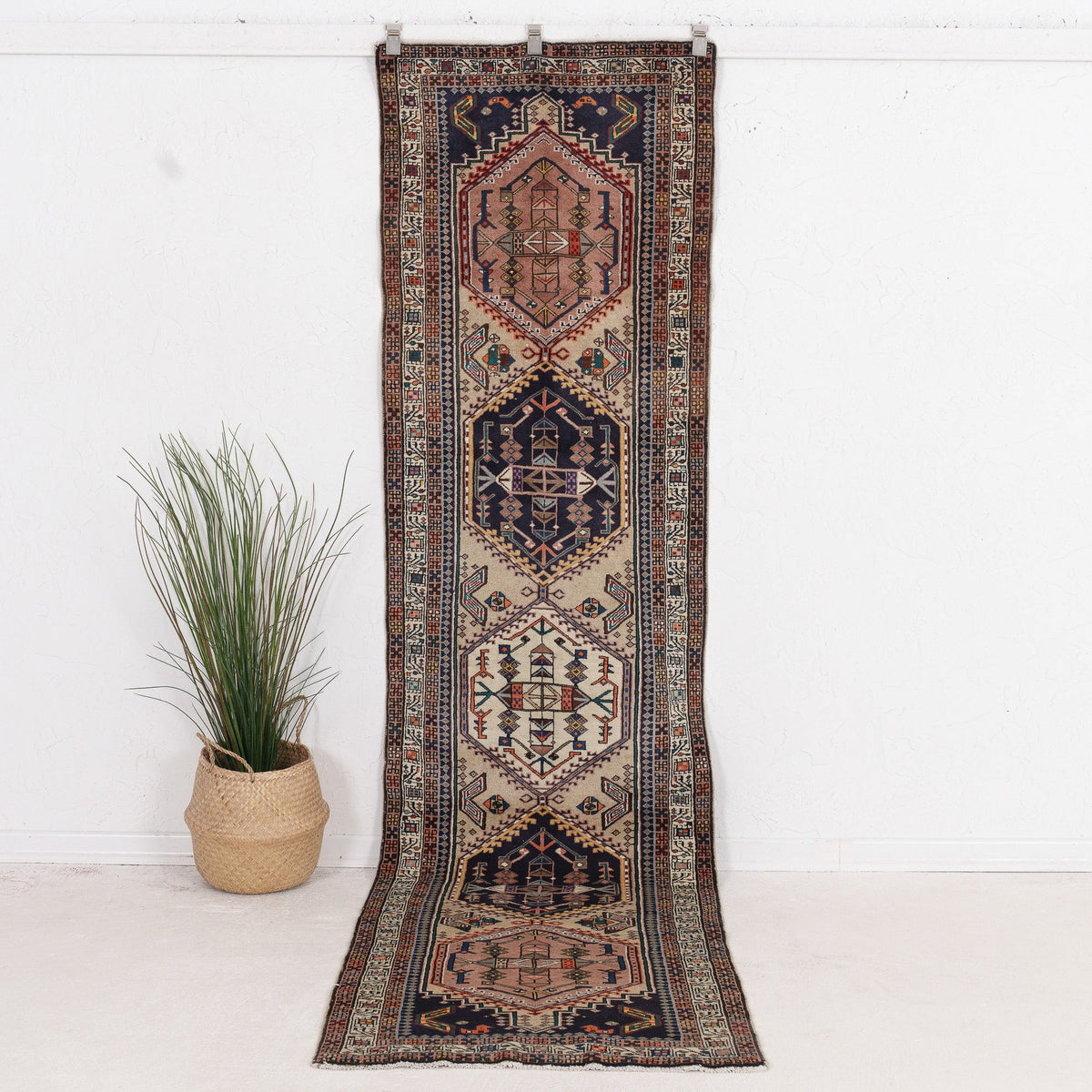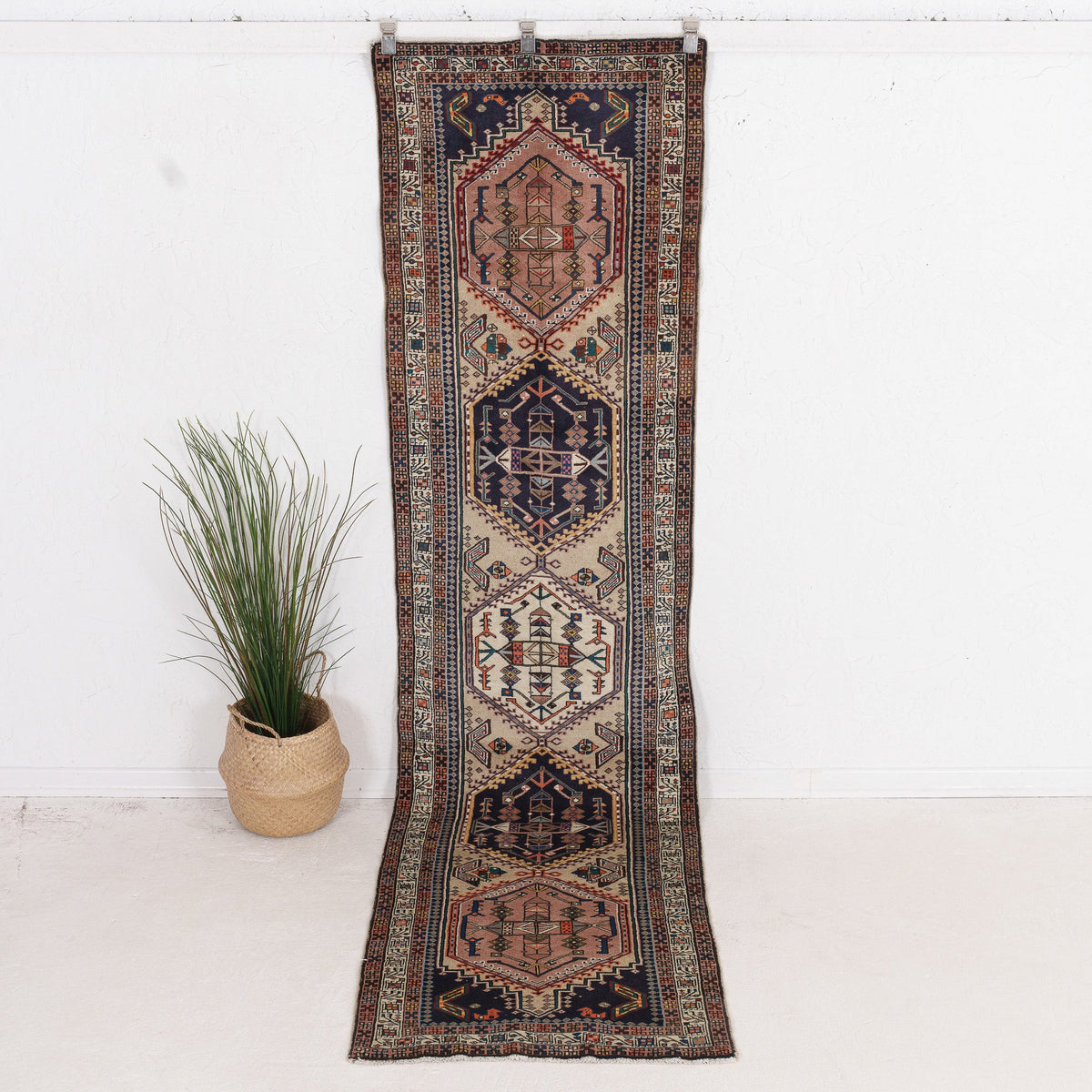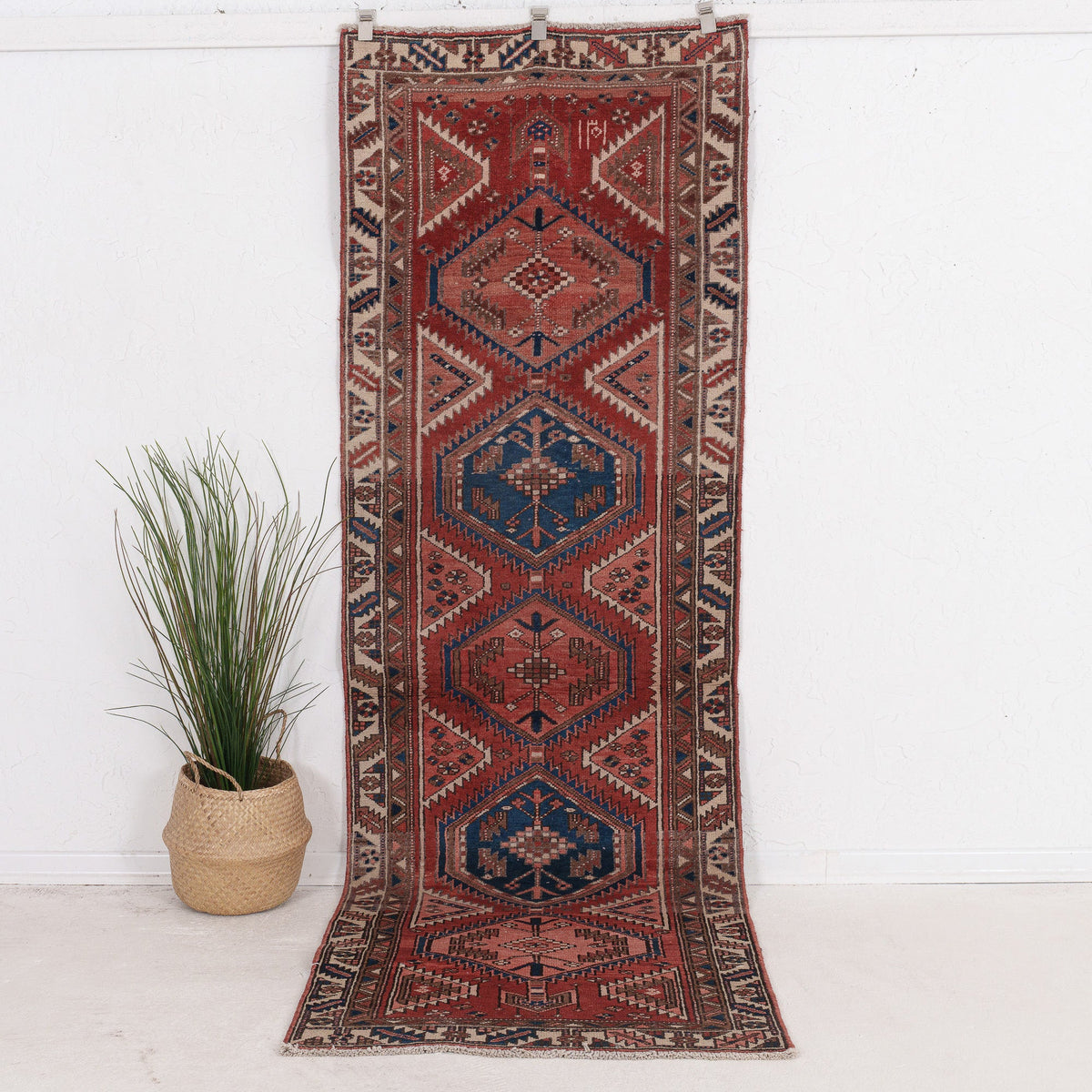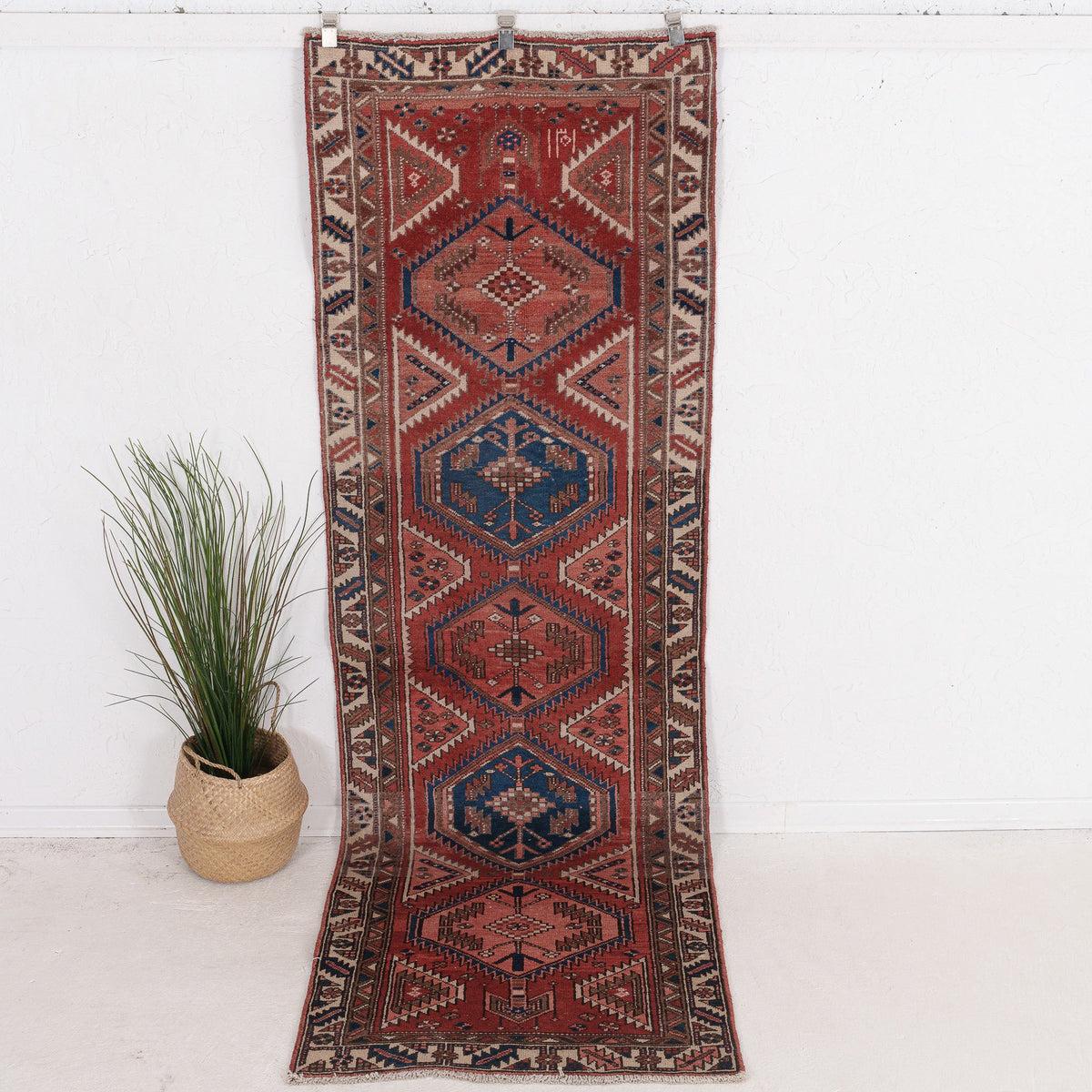Some of the most popular antique rugs on today's market come from Persia. These beautifully intricate designs have been passed down for centuries in their purest form, making them an heirloom worth keeping forever! Some people think that antique Persian rugs are difficult to identify because there is no pattern on them. However, this rug's design makes it easy for you to determine where it's from with just a glance! The first thing most folks notice about these ancient pieces of décor are their colors, which vary based on what region they're harvested. Some might even have hints or shades derived exclusively through natural pigments like berries - though not all variations exist within one country's borders either way (e.,g: blue). These diverse hues can then be attributed to how much sunlight has struck each hue over time, giving rise to many unique stories relating back tale behind every shade imaginable.
This article talks about everything you need to know before buying a Luxury Persian Rug. Read to know about its history, how Persian rugs are made, the various Persian rug styles, and what to consider when purchasing a Persian rug. By the end of the blog, you will understand what makes them so desirable and a must-have for many households since before the 19th century. Hand-woven rugs and period carpets created with high-quality carpet wool back in the golden era will be worth thousands of dollars today.
Persian Rugs: Their History and Geography
Persian rugs and Persian Carpets have been made for over 3,000 years and come in many different styles. They're typically designed with an abstract landscape or geometric patterns on them, but there is no one right way to make a rug, so they vary significantly from design, style, and even inspiration. The first Persian rug was created around 400 BC. These rugs became very popular in Europe and spread throughout the continent via traders, soldiers returning from war zones where they had purchased these carpets as military plunder or rewards for loyal service with their royalty owners; this is how we know they have impacted so many different cultures over time!
The history of these beautiful carpets can be traced back to ancient times, but their modern-day descendants originated in Iran and surrounding countries. They're often associated with luxury objects or artwork because they add an aesthetic touch that makes your home feel luxurious even if it doesn't have any other costly features! Though there are many different types of carpets in the world, few can claim as much cultural significance and beauty as Persian rugs. These handmade works from Central Asia have been treasured for centuries by people all across this region because they serve practical purposes and offer a sensei touch that's unique to each person who walks on them- a truly personalized experience with every step you take!
The history of rugs is long and intricate. More than 2,500 years ago, they were first woven to cover the floors for nomadic tribespeople at the time. The first Persian rug came from village rug weavers in Persian.The idea was to protect them from the damp and the cold.The critical skill to this creation slowly evolved and was passed down from generation to generation and through the tunnel of time irrespective of peace or war. As international trade developed, the intricate patterns and designs became more detailed and customized to suit different geographies and cultures. The craft of carpet weaving has indeed crossed all borders.
How Persian rugs are made
The true beauty of the Persian rug comes from its centuries-old tradition. Handcrafted with great care, each rug is created by a master weaver using only natural fibres such as high-quality wool and cotton that have been sourced exclusively for this work. The intricate designs are encoded on fine threads that can't be seen without an electron microscope or even standard magnification! Some believe these ancient symbols hold messages about life today; others think there's more than meets the eye. Every square inch of the Persian rug consists of a geometric pattern, and the weaving technique involved in making these handmade carpets are indeed unparalleled. Whether it is made up of synthetic material or real silk, a single knot or a row of knot counts, hand-knotted rugs and machine-made rugs from the land of Persia are very much in demand on a global scale. Hand-woven carpets have proven to be timeless since the 5th century because of the authenticity that the entire rug brings to the table.
The traditional process of making a rug in Persia starts with wool. Once it is clean and free from dirt, they soak it for several days until its fibres become soft enough to be worked on an embroidery frame or stones called "takchita." The amount given depends on how much fibre was ingested and if other materials are being used, such as fine silk thread, because these take more time than basic cotton strands do. Deep cleaning or professional cleaning of the rug with essential elements is necessary to ensure that the elaborate natural colors and the knot counts are not affected.
What distinguishes a Persian rug from others?
Materials
The design teams' most preferred materials for making a Persian rug are wool, silk, and cotton. Wool becomes the foundation of the tribal rug, while silk plays the role of both the foundation and the material itself with which the Persian rug is made. It is also known as a pile. Wool brings durability and the softness of the texture that most other piles fall short of. It is also available in abundant supply in Iran. Camel hair and goat hair is also induced in small quantities in Iranian carpets. Kurk or Kork has been the choice of wool for many weavers because of its additional durability and soft texture. The virgin wool taken from the first shave of a lamb's under belly and the shoulders is another popular choice of materials.
Cotton, another essential ingredient in a luxury Persian rug, helps bring a white detailing to the final output. That helps improve the diversity of both the color and the texture. Mercerized cotton helps bring out an art-silk look and feel to the Persian rug. Another benefit of the cotton in the Persian rug is that it absorbs the dye effectively and is more cost efficient than wool and silk. The downside of a cotton Persian rug is that it is not as durable as a woolen or silk Persian rug.
Silk
Silk is one of the least utilized materials in an antique Persian rug as it may not always be affordable due to the price of the pile. However, it is a more durable material than cotton and has a smooth texture compared to other natural fibres. The Persian silk rug would make a fine decor to a space that brings in low traffic, the reasons being its delicate texture and intricate design. It can also be used as a wall decoration piece as opposed to the floor. Many weavers introduce silk to the Persian rug but in smaller quantities to add depth to its personality and possibly bring the limelight to some fine designs.
Dyes
Colors in rugs bring beauty, meaning, and depth to the bigger picture. Colors are one of the most critical factors that help users decide if the Persian rug would fit in their homes. Dyes add magic to the Persian carpet, and the dyeing process, along with the ingredients with which they are made, add to the look and feel of the Persian rug. The wool and the silk with which the Persian carpet is made are first treated and dyed before the first knot is made. Traditionally, vegetable dyes are preferred to chemical dyes. While chrome dyes were found unusable as they dyed fast and created a crude color, natural and vegetable dyes brought in greater appeal.
Many Persian rug weavers started to mix and match various natural dyes to bring in a splash of colors and radiance to the rug. However, it is complex and can take several days to achieve a specific shade. Carried out on scaffolding or on stone floors, the preparation of hand-woven carpets begins with the dying of the yarn. The process is much faster if synthetic coloring is used and is retained for the less expensive carpet. However, the dye is made out of the plant and natural materials that make an antique Persian rug stand out from other carpets. Avoiding direct sunlight will prevent the rug from fading. To distinguish between synthetic fibres and wool rugs, look at the colored elements over the length. Chemical dyes fade faster than natural dyes. High-quality Iranian carpet is usually hand-woven carpets made from natural dyes.
Place of origin
A highly distinctive feature of a Persian rug is the place of origin. The art of carpet weaving is critical to its authenticity. While Oriental carpets are made in diverse parts of the world such as Afghanistan, Tibet, and Iraq, authentic Persian rugs come from what is now known as modern-day Iran. Iranian carpets have always been in demand. Having been ruled by rulers that have played a key role in the progress of antique rugs, Persia is fondly remembered for its contribution in this field. Having said that, it is highly probable that the Persian nomads made simple Oriental carpets for their basic needs before the rule of Cyprus the Great. The requirement for durable and high-quality wool was met from the herds of sheep and goats they owned.
How Persian rugs are made
Handmade Persian rugs are one of the most in demand today because of the unique touch and artisan expertise that, more often than not, is missing in machine-made carpets. While common villages made simple rugs with varied designs and styles based on a whim, the 16th century saw the art of rug making as an established industry that eventually turned into a status symbol. Masterpieces were created by incorporating strategic designs with intrinsic details into the Persian rugs.
The process of creating this rug is so detailed and elaborate that it becomes key in identifying a genuine and antique Persian rug. Traditionally, skilled artisans utilized a high-quality material such as silk and natural dyes to create what is now valuable in every corner of the world. Today, rugs are machine-manufactured with less-expensive materials. However, creating a traditional rug is indeed spectacular and plays a crucial role in identifying an antique Persian rug. That is why traditional hand-knotted oriental carpets call out for high prices at auctions.
The traditional wooden look on which antique Persian rugs are woven includes a warp, vertical strands of wool, cotton and silk attached to two wooden beans, and strands of the carpet pile woven over and under the warp in a horizontal manner. These rows of knots are then tied between the wefts. Despite an era between then and now, this process still holds good and is very much in demand while creating high-quality and durable hand-knotted Persian rugs.

What to consider when purchasing a Persian rug
Quality of materials
If you are looking for a designer rug that is durable and aesthetically pleasing, you need an antique Persian rug that is handmade. A tedious and intricate weaving process makes these pile rugs with natural materials that guarantee to last generations. Be with wool, silk, or cotton, preparing an antique Persian rug involves high processing to ensure durability. Natural dyes do not harm the natural materials in any way.
Knot Density per square foot
When the knot density is higher per square foot, the floral patterns are finer with a more intricate design. A Persian silk rug with over thousand knots per square inch is considered a fine masterpiece indeed. However, an antique Persian rug could have thirty to three hundred knots per square inch. It is to be noted that when an antique rug is made with a less uniform manner, they are not judged depending on the symmetric knot density of the finished carpet.
Hand-knotted rugs
Genuine Hand-knotted Persian rugs' curvilinear designs come with rich blue colors and a dense touch. On the backside of the rug, you can see the knots to see if it was knotted by the hand. Many hand-tied row of knots are added to the warp threads during the entire weaving process. The weft threads are interlocked above them and packed down with a comb. That helps hold the asymmetric knots and symmetric knots in place. Jufti knots in geometrical designs are very popular among Anatolian carpets.
Design
While the Persian design does not always specify the quality of the rug, it does bring to the limelight the skill of the carpet weavers and the expertise involved in creating the rug. Quality rugs designed with classic motifs or traditional designs are from some of the oldest countries. The evolving fashion world does not taint these strategies. On the contrary, these designs are admired simply because they come from ancient times.
Pick the rug that matches your style and budget.
Persian rugs come with the ability to change the complete look and feel of your home with their colors, designs, and style. Be it the standard material, brightness, or size; professional artists have brought in years of experience and expertise to bring to life their ideas. Identify the right antique carpet that would get your home alive.

